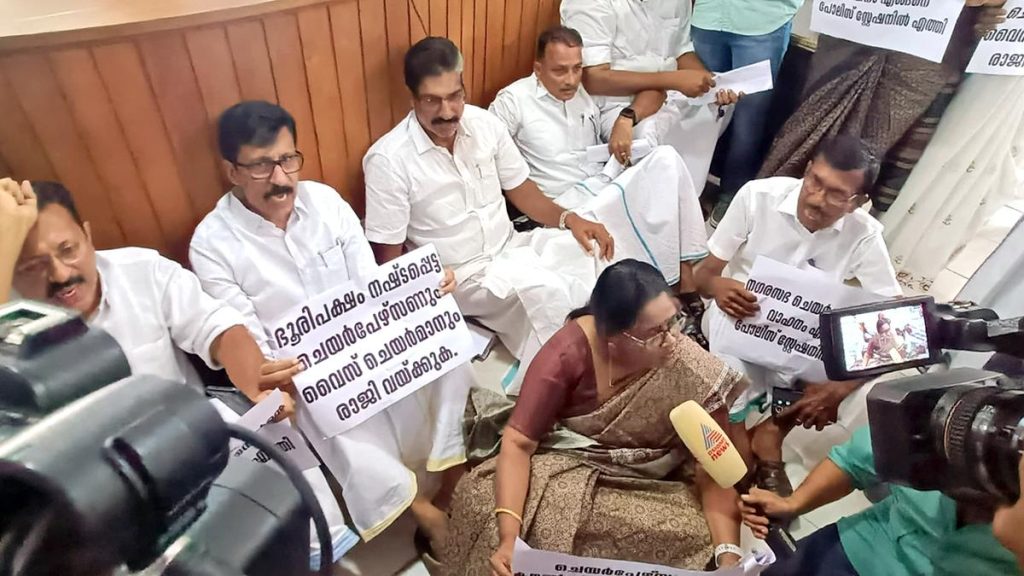Now Reading: Woman and step-son electrocuted to death, step-daughter injured in Doddaballapur
-
01
Woman and step-son electrocuted to death, step-daughter injured in Doddaballapur
Woman and step-son electrocuted to death, step-daughter injured in Doddaballapur

### Quick Summary
– A 50-year-old woman named lalithamma and her step-son Sanjay, 45, were electrocuted to death in Karnala village near Doddaballapur on Tuesday.
– Lakshmamma, the step-daughter, sustained injuries and is currently admitted to the hospital.- the incident occurred when an electric wire connected to a nearby house under construction came into contact with iron poles used for drying clothes outside their home.
– Lalithamma was electrocuted first while retrieving clothes; Sanjay was electrocuted trying to assist her, followed by Lakshmamma sustaining injuries while attempting to help them.
– Neighbors used a wooden plank to move the victims and rushed them to a hospital before alerting authorities.
– Police disconnected the power line immediately upon arrival. BESCOM officials found that a skinned electrical wire had come into contact with iron fixtures on the victims’ roof, causing the accident.
– Investigations are ongoing as BESCOM officials assess safety faults in connection with this tragedy; police have registered a case of unnatural death awaiting further details.
—
### Indian Opinion Analysis
This tragic accident underscores critical issues related to infrastructure safety and broader accountability in India’s rural regions. Electrical safety regulations require stringent enforcement across construction sites and residential areas; however, lapses such as exposed wiring can lead to fatal consequences like this incident in Karnala village.
Local administrative bodies like BESCOM need not only investigate specific accidents but also undertake preventative measures such as regular inspections of under-construction properties and improvements in public reporting systems regarding potential hazards. Such measures could improve both public awareness regarding electrical risks and avoidable loss of life.
Additionally, this event highlights vulnerabilities faced by rural households that frequently enough rely on improvised materials like iron poles for everyday tasks. Addressing infrastructural shortcomings-for example through subsidized safer alternatives-could mitigate risks dramatically over time without imposing undue financial stress on families living at subsistence levels.
Read more:

























